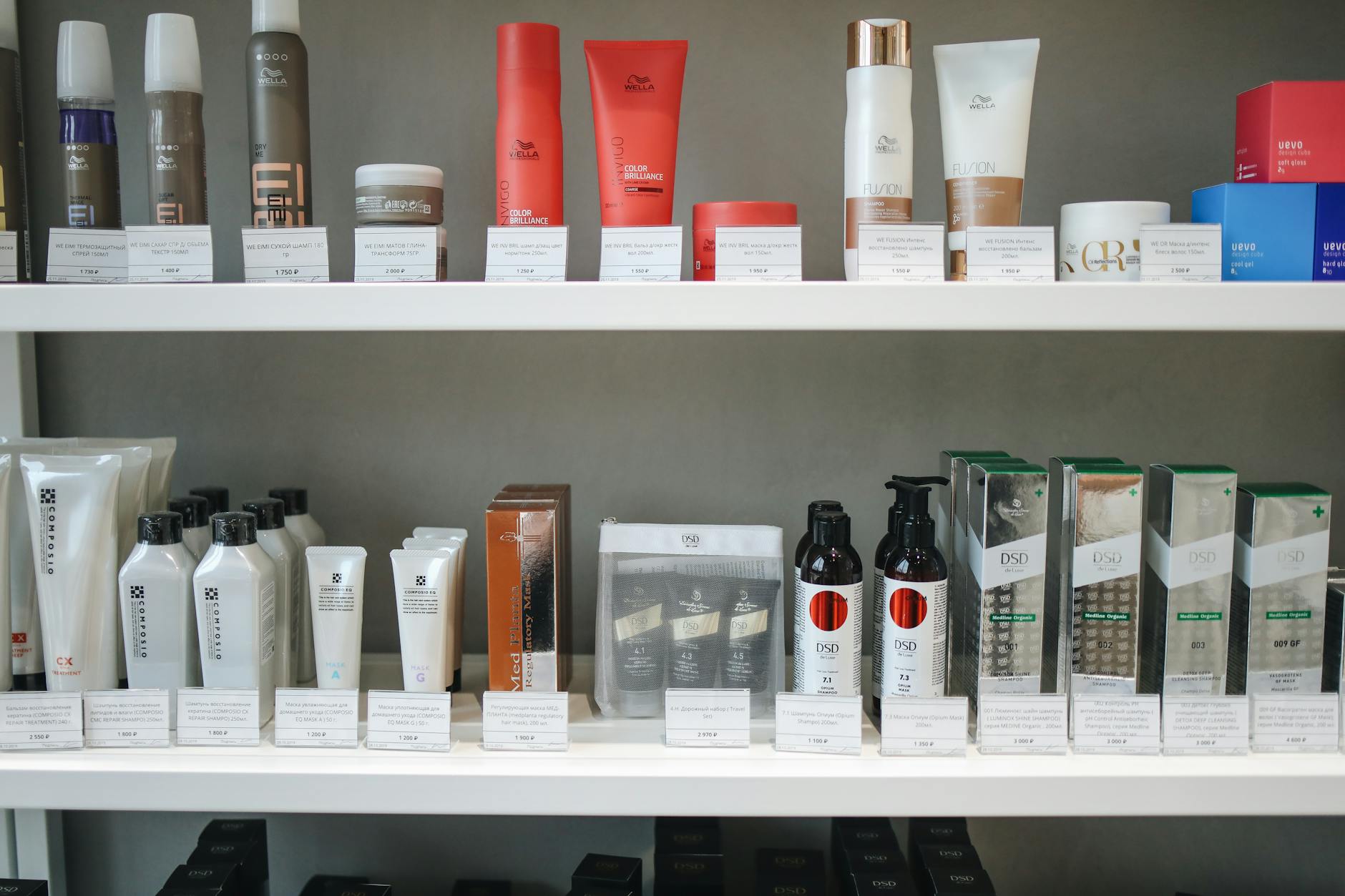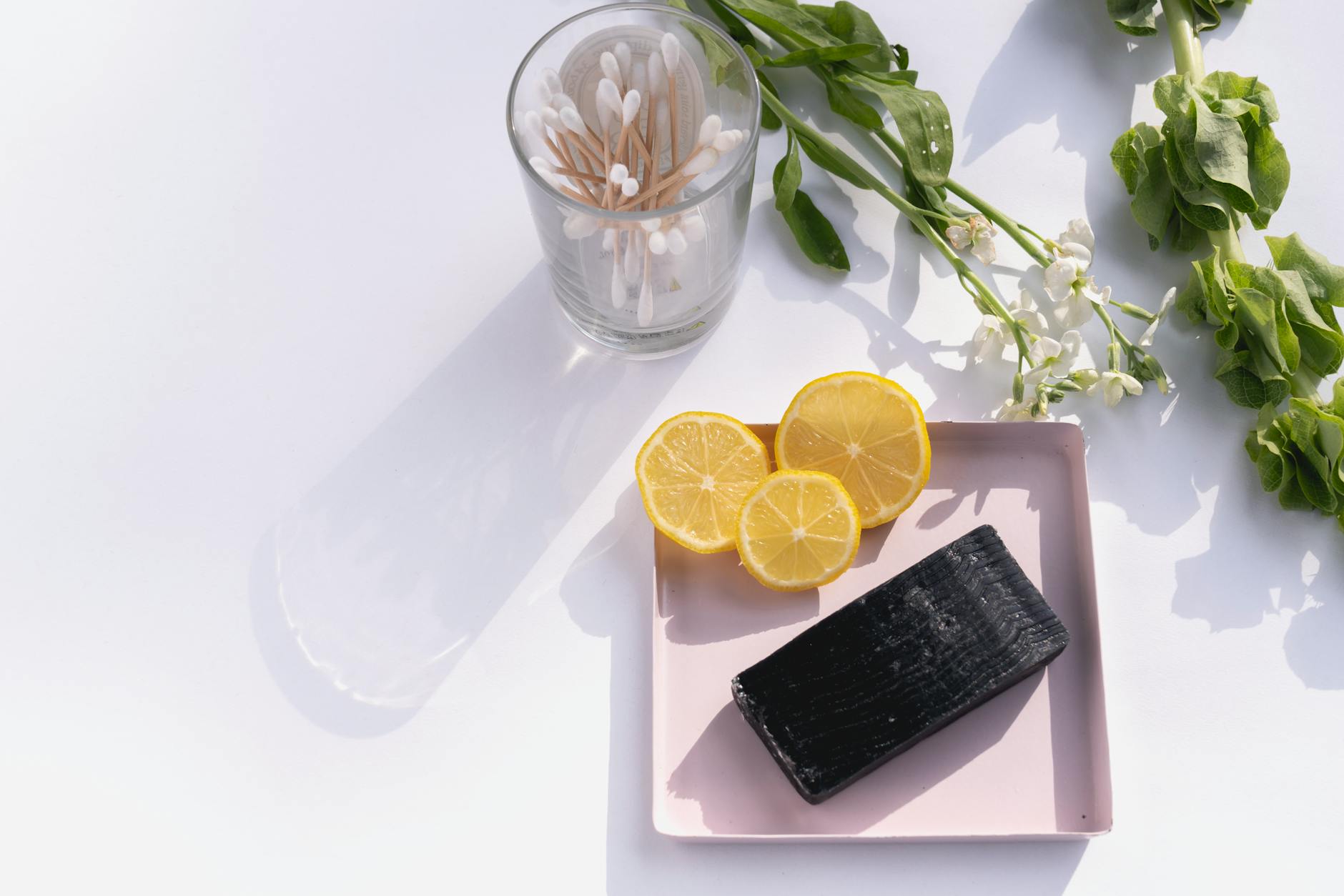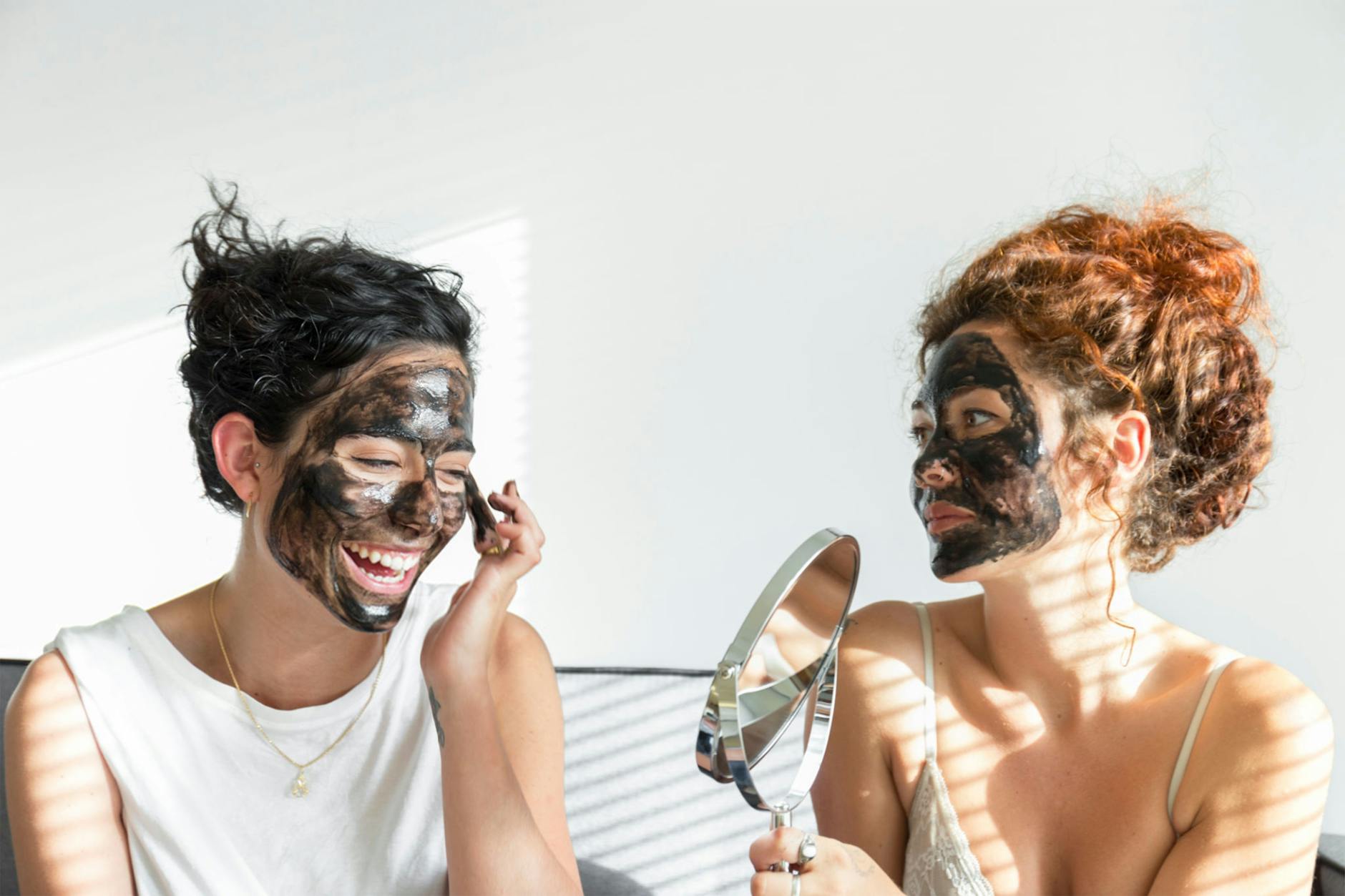Why Eco-Conscious Aussies Prefer Natural Sun Protection

Understanding Natural Sun Protection
Getting to grips with natural sun protection is crucial when your office is the great outdoors, like Ethan's. At the heart of eco-friendly sunscreen options are key ingredients such as zinc sunscreen. These products act as physical barriers, reflecting UV rays rather than absorbing them like chemical counterparts. This quality not only makes them effective for sensitive skin but also aligns with eco-conscious values.
One of the distinct advantages natural sunscreens offer is their minimal environmental impact. While synthetic versions can contain harmful substances that bleach corals and disrupt marine ecosystems, reef safe sunscreen ensures marine life thrives unobstructed. While pondering this over a flat white at Queen Victoria Market, I realise that environmentally conscious choices empower us to protect precious ecosystems while enjoying Australia’s sunlit splendour.
For those immersed in the outdoor lifestyle, testing options can highlight the vast difference in feel and effect. Natural sunscreens, often thicker, provide comforting coverage without the worry of irritating skin or damaging the environment. They also hold up well under our Australian sun, an important factor for any day spent exploring the bush or surf.
Locally, sustainable events at places like the Queen Victoria Market showcase a variety of Australian-made, reef-friendly sun protection products. This approach offers a practical way to care for our personal health and that of the natural wonders that draw us outdoors.
Environmental Impact
Effects on Marine Life
Navigating Australia’s pristine coastlines and vibrant marine ecosystems, the consequences of using harmful sunscreens become apparent. Many conventional sunscreens contain chemicals that wash off and contribute to ocean pollution, posing a serious threat to marine life. These substances can lead to coral bleaching, disrupting marine biodiversity and impacting the delicate balance within these ecosystems. As I often discuss with the eco-conscious outdoor community here in Melbourne, focusing on eco-friendly alternatives can help mitigate these effects, allowing us to enjoy and preserve our natural environment simultaneously.
Coral Reefs and Sunscreens
Our famous Great Barrier Reef, a marvel of natural beauty, suffers from chemical damage through frequent exposure to common sunscreen ingredients like oxybenzone and octinoxate. These chemicals inhibit coral growth and can lead to what scientists call “reef death.” Recommending alternatives such as baby sunscreen, which is often formulated with zinc oxide or titanium dioxide, provides an opportunity to explore more sustainable choices. These mineral-based sunscreens do not dissolve in water, minimizing harm to these crucial marine habitats.
Importance of Biodegradability
Biodegradable sunscreens are not just a buzzword; they represent a significant step toward sustainability. Products that break down naturally reduce long-term ecological impact, aligning with the sustainable initiatives encouraged at places like Federation Square. By reducing the chemical footprint in our oceans, we help shield marine species from harm and support healthier, more vibrant coral ecosystems, preserving the wonders of our oceanfronts for future generations.
Personal Benefits for Aussies
Skin Health and Safety
Living in Australia means dealing with some of the sunniest conditions in the world, which emphasises the need for effective sun protection. Natural sunscreen offers a skin-friendly alternative to chemical sunscreens, reducing the risk of allergies and irritation. Say goodbye to harsh, synthetic ingredients and embrace the gentle touch of nature. With zinc oxide or titanium dioxide as active components, these sunscreens deflect harmful UV rays, protecting your skin without compromising your health.
Weather Suitability in Australia
Australian weather is diverse and sometimes unpredictable, making adaptability a key factor in sun protection. Natural sunscreens can cater to these varying conditions with formulations designed to resist sweat and water—perfect for surfing off Bondi Beach or hiking in the Blue Mountains. These formulations ensure high performance without harmful environmental residues, helping protect the ecosystems we love.
Local Availability of Options
Finding the right natural sunscreen has never been easier. Visit Melbourne's eco markets at Queen Victoria Market, where you'll find an array of options to suit all skin types and preferences. The demand for eco-friendly products has fostered local availability, allowing Aussies to embrace sustainability effortlessly. Choose products that prioritise not just your skin but the broader environment, contributing to the vibrant green spaces in Royal Botanic Gardens and beyond.
Selecting the Right Product
Research and Labels to Look For
Choosing the right sunscreen goes beyond just picking what's trendy. As someone passionate about sustainability, I often explore the eco markets at Queen Victoria Market to understand what's in the products I consider purchasing. When browsing for kids sunscreen, I always focus on labels that indicate the absence of harmful chemicals and the presence of eco-friendly ingredients. Look for terms like 'greywater safe' and 'eco-certified' to ensure you're supporting the environment. By scrutinising these details, you can feel assured that the products you're using align with sustainability principles.
Active Ingredients That Matter
In the quest to find sun protection that harmonises with nature, active ingredients play a crucial role. When picking sunscreens, target those containing natural minerals like zinc oxide and titanium dioxide. These minerals create a physical barrier on the skin, effectively blocking harmful UV rays without seeping into the bloodstream or harming marine life. The use of minerals rather than chemicals means you're taking an active step toward safeguarding the delicate ecosystems you cherish, like the Great Barrier Reef.
Application Tips for Effectiveness
Even the most sustainable products require correct application to be effective. Ensure you apply sunscreen generously at least 15 minutes before exposure, reapplying every two hours and after swimming. The back of the neck, ears, and the tops of feet are easy to miss but essential to cover for comprehensive protection. By investing time in proper application, you maximise the benefits of your chosen eco-friendly sunscreen and stay protected on every adventure.
Common Sun Protection Mistakes
Misinterpreting Product Labels
A common pitfall I frequently observe at eco markets, like the vibrant stalls at Queen Victoria Market, is the misinterpretation of product labels. Natural sunscreens often flaunt words like "eco-friendly" or "broad spectrum sunscreens", but without fully grasping the term's meaning, we might jeopardise our skin's safety. Remember, a broad-spectrum label signifies protection against both UVA and UVB rays, essential for preventing skin damage.
Inefficient Application Techniques
Of equal importance is how we apply these products. It's not unusual for us to skimp on the quantity, a habit that might stem from being frugal with our resources. However, I encourage you to think of eco-friendly sunscreen as an investment in your skin's longevity, much like the long-standing sustainable initiatives in Federation Square. Applying generously and frequently, especially after activities like swimming or sweating under the Australian sun, ensures optimal protection.
Neglecting Expiration Dates
Lastly, neglecting the expiration dates is a mistake that can severely affect a sunscreen's efficacy. Similar to how we would scan for freshness at the Royal Botanic Gardens’ plant markets, always check for an expiration date on your sunscreen bottle. An expired product might not only lack effectiveness but could also irritate your skin, undoing all your efforts to embrace sustainable living.
Incorporating these sustainability hacks into our routines not only optimises protection but also contributes to a greener and more conscious lifestyle.


